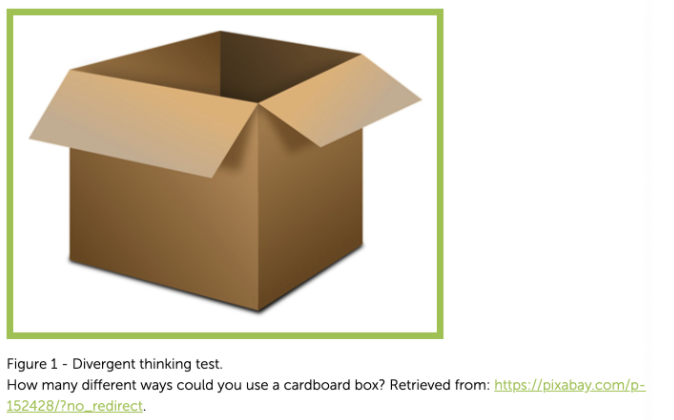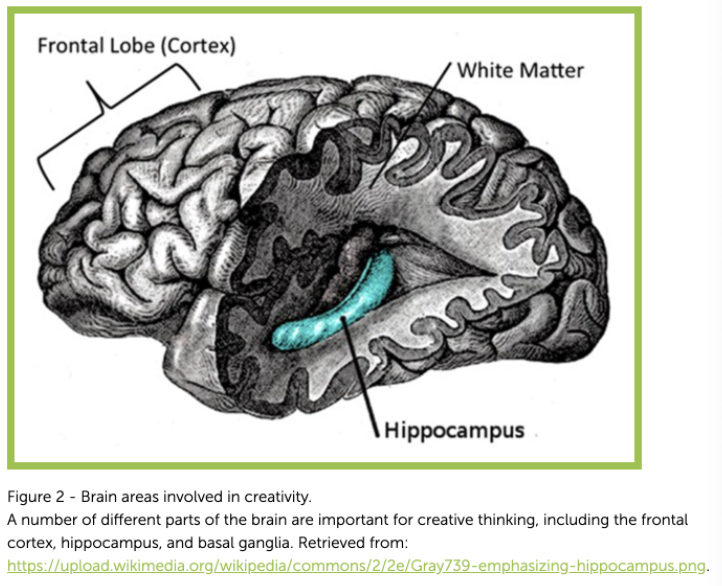When I was little, my family would always tell me I had such a creative imagination. I would run up and down the street with my best friend pretending we were saving the world and hiding from government spies. When I got older, however, I realized that no one talked about creativity anymore. When I talk about funny things I imagine, people tend to tell me I am being childish, and it often makes me wonder why creativity is often associated only with children. In school, I learned that art, whether it be music, painting, or literature, is something that has to be learned. There was no room for individuals to be creative, and I realized that this is why people stop talking about creativity as we get older. Everyone wants to fit into a rapidly changing world, and no one wants to be left out, but has anyone stopped to think about why everything is changing? I have found creativity to play a big role in the decisions I make and the things I think about, but I never stopped to think about how the brain develops creativity.
The brain uses several different thinking processes to develop creative thinking such as working memory, abstraction, planning, and cognitive flexibility. Neuroscientists have defined creativity as “requiring the mixing and remixing of mental representations to create novel ideas and ways of thinking,” meaning that creativity requires many moving parts and is not made up of one process (Cavdarbasha and Kruczek). Creative thinking can be split into convergent creativity and divergent creativity. Convergent creativity is when you combine multiple pieces of information (similar or different) to find one solution. Convergent creativity is testing using the Remote Associates Test (RAT) where you are given three words and you need to find a word that relates all three. When several different subjects were given the words: blue, cake, and cottage, they had to use their convergent creativity to find a word linking all three together. If you guessed the word cheese, you just used creativity yourself. When thinking of a solution, each participant had to go through different combinations in their minds and use several processes to arrive at their conclusion. This demonstrates the mixing and remixing of mental representations that occur in the brain.
Divergent thinking, as you probably guessed, is formulating multiple solutions or ideas from a single piece of information. This can be tested using the Torrance Test of Creativity where you do tasks with the picture and word-based problems. You may be given a word or picture and will be asked to come up with as many solutions as you can think of (Cavdarbasha and Kruczek). These tests are significant because they can demonstrate how the brain experiences multiple processes as it tries to find its way to the solution. Creativity is a highly subjective field because it does not always mean the same thing for everyone. Some people may thrive more through the use of convergent creativity while others through divergent creativity, however, it is still not something many people are aware of. As put by Steve Jobs, “Creativity is just connecting things. When you ask creative people how they did something, they feel a little guilty because they didn’t do it, they just saw something.” There is no way to learn to be creative, it is something that simply occurs.

As we know by now, creativity requires many moving parts in the brain, so when we think about what region of the brain is responsible for creativity, it makes sense that it is not limited to one region. The first region of the brain discovered to be related to creativity is the frontal cortex which deals with cognitive processes such as working memory, abstraction, planning, and cognitive flexibility. The second region of the brain found to be involved in creativity was the hippocampus which deals with learning and memory (Cavdarbasha and Kruczek). These findings are significant because they demonstrate how the brain needs to constantly use different information centers to derive ideas. If either of these regions of the brain is damaged, creativity and problem-solving skills are damaged as well. Even though these were found to be the most prominent regions involved in the creative process, studies using functional MRI’s taken while doing a creative activity have shown that neurons fire throughout the brain in multiple regions such as the parietal lobes (Cavdarbasha and Kruczek). These studies have even disproved a common myth that separates the brain into the left brain and right brain saying that the left brain specializes in rationality while the right brain only specializes in emotions and creativity. When you look at the brain as a whole and the path neurons take to form a creative thought, you can see how many different parts of the brain are all involved in making the process work.

When I think about it, I don’t want to lose my ability to be creative. Without creativity, the world wouldn’t even be changing, and instead, it would be stuck in a constant state of blandness. When I look out into the world, it is obvious that individual creativity is what has created the world around us, and it makes me want to be a part of it. Creativity has allowed me to learn, and I have realized that I would rather be creative than simply learn to copy the motions of what has already been created. I may have retired from the use of my imaginative creativity when playing, but I plan to reignite my academic creativity so that I can pursue a career in STEM. Even though my creativity may be related more to science, I plan to allow myself to be a child at heart.
1. Cavdarbasha, Dita, and Jake Kurczek. “Connecting the Dots: Your Brain and Creativity.” Frontiers for Young Minds, 12 May 2017, kids.frontiersin.org/article/10.3389/frym.2017.00019.